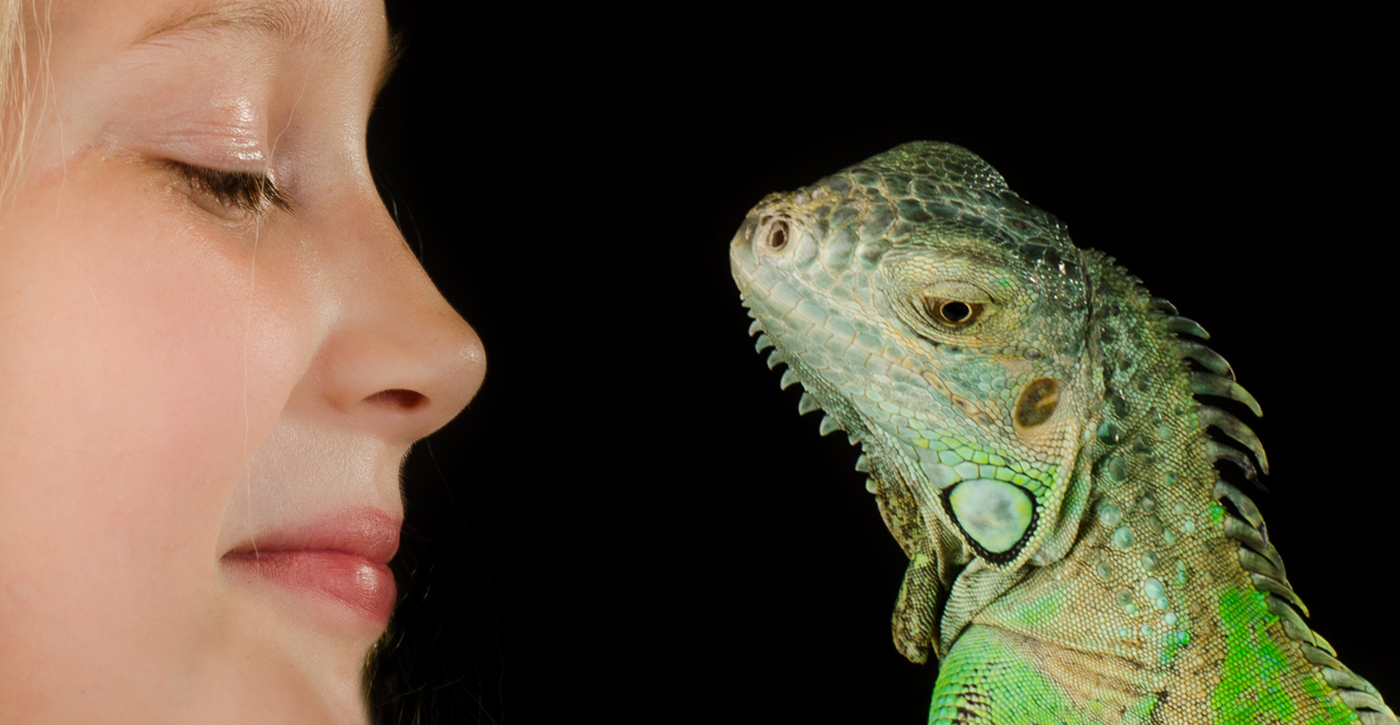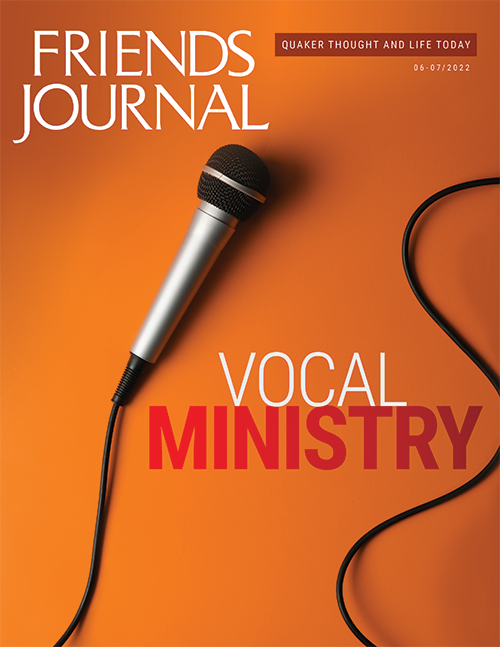But ask the animals, and they will teach you, or the birds in the sky, and they will tell you; or speak to the earth, and it will teach you, or let the fish in the sea inform you. —Job 12:7–8
Anyone who has dabbled in ecology knows that without trees and the plankton on the ocean’s surface, humans wouldn’t be able to breathe. Trees and plankton are a kind of extension of our lungs—like an external respiratory system with large and small biological machinery converting carbon into oxygen. Our lungs are the internal respiratory system. The external and internal systems work in tandem.
An introductory understanding of ecology also includes the knowledge that without earthworms, we would not be able to grow many crops we depend on for food. The burrowing of earthworms helps aerate the soil so certain crops can grow and thrive, which is imperative to our sustenance and survival.
Ecosystem science supports the spiritual insight that Saint Patrick, Saint Francis, and others have proclaimed: everything is interconnected. Recent testimonies from Friends at Quaker meeting for worship add to the proclamation.
Now let’s bring these insights a little closer to home: the human brain. Many may know it has three primary layers, which neurologists usually refer to as the reptilian or old brain, the middle brain, and the new brain.
The human brain is like the excavation site of an ancient Egyptian Christian monastery. There is the ground floor 30 feet below where the monastery was first built shortly after the time of Anthony of Egypt in the fourth century. There is the second floor that was built in the ninth century, and finally the top floor, which was constructed in the eighteenth century.
The most ancient part of the human brain is the reptilian, which we share with all reptiles. Some mistakenly think that the newer layers of the human brain override or sideline the reptilian brain—like demolishing a garage for a guest room remodel. But this is not the case! The reptilian brain was never superseded. The reptilian brain remained completely intact while newer brain layers were simply added on. It is like a house that has a very old original section, and other sections were added on later when more construction funds became available. Our reptilian brain is no different than that of an iguana, for example. This is not an overstatement.
Our kinship with the iguana goes far beyond any spiritual connection and into intrinsic biology. We share the same brain as the iguana with the same gifts and liabilities. One gift is the primal or primordial age of the brain (notice I don’t use the word “primitive”). With that profound age comes profound prehistoric gravity and mystery, foundational awareness and presence. The liability, of course, is the fight-or-flight response that usually no longer serves the human family and that can be minimized through silent prayer.
Those who practice deep centering prayer and other silent prayer forms can get in touch with the primal awareness we share with lizards. They may also come to an understanding of the Creator’s concern for all creation. God is not exclusively concerned with humans. Thomas Keating wrote, “For us to remain in this world, our animal brain has to be there to support us,” and, “God is a tremendous supporter of Creation, especially of all living beings.”
Many people notice that their cats and dogs excel at playfulness, bonding, cuddling, loyalty, and protection. These are the extraordinary gifts of the mammalian brain that we need to express more of today. Our mammalian brain, or “middle brain” as neurologists call it, is the same as our mammalian friends and was not superseded by the frontal lobes, also known as the “new brain.” Leading neurologists agree the mammalian brain is completely in-tact within us. In other words my mammalian brain is no different than my dog’s mammalian brain. This is not an overstatement.
What I am trying to say is that our Friends are not just human. Our friends are mammalian and reptilian, and they are our most intimate soul friends. They are an intrinsic, integrated part of us in every way imaginable. Their primal intelligence tries to break through to us in dreams. Their primordial layers of mind are the basis of much of what we call intuition or insight, or what some call “pre-rational” or “trans-rational” awareness.
Quakers have always respected the many diverse layers of ecosystems and societies. I think it’s time we acknowledge our deep kinship with our scaled and furry friends. It is also time we acknowledge and embrace the leading roles the full-fledged reptilian and mammalian brains play in the symbiotic neurological system we call the human brain.
Understanding the neurological insights outlined above made me an ecologist from the inside out. After the ramifications of these insights dawned on me, I lived differently. Here are two examples: First, I read about how the leading cause of death for turtles is cars. After that I always scan the roads for turtles. When I spot one I simply take it to the other side of the road in the direction it was trying to go. A second example was a whimpering dog I passed on my daily walk. In prior years I would simply walk past and say to myself, This is none of my business. Yet I could tell by the tone of the whimpers that something was wrong. So I reported it, and it turns out that the dog was being abused. As a result of my report, the dog went into foster care and eventually found a new home.
When ecosystems and creatures are damaged and harmed, the damage will find its way back to us. When we pollute the air, we pollute ourselves. When we pollute the rivers, we pee in our own bed. We are part of the world in countless surprising ways. The world and its creatures are in our DNA, in our farmlands, in our food, and we share the same brain.




This article is what Native Americans and Alaska Natives have Always believed and acted with reference to all living (and such as stones).